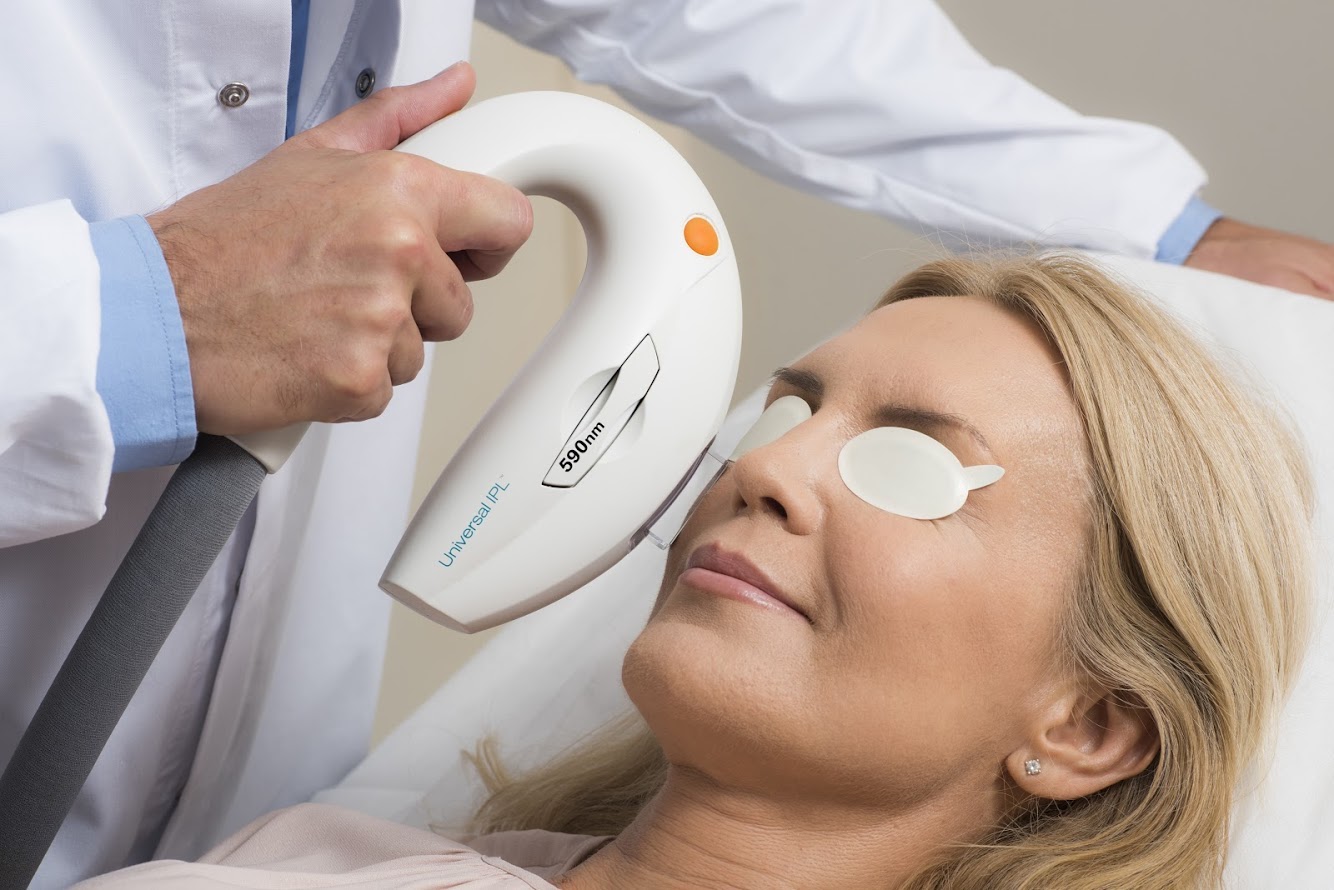Dry Eye Treatment
The condition known as "dry eye" is characterized by insufficient production, early evaporation, or poor quality of the tear film that covers the eye's surface. Numerous symptoms are caused by this, such as watering, irritability, redness, grittiness, and blurred vision.
The threshold of ocular discomfort in patients has decreased since the turn of the century due to a variety of lifestyle changes. Additionally, a typical Indian now spends about 8 hours each week using devices like mobile phones, televisions, etc.
Complications:
Those who have dry eyes may encounter these issues:
Eye infections: Your eyes' surface is shielded from infection by your tears. You could experience an increased risk of eye infection if your tears are insufficient.
Damage to the surface of your eyes: Inflammation of the eye, abrasion of the corneal surface, corneal ulcers, and loss of vision can all result from severe dry eyes if left untreated.
Decreased quality of life: Having dry eyes can make it challenging to read and other daily tasks.

Dry Eye Treatment
If you have dry eyes, be aware of the situations that are most likely to make them worse. Then, figure out strategies to stay away from those circumstances to stop the symptoms of dry eyes. As an illustration:
Avoid air blowing in your eyes: Don't direct hair dryers, air conditioners, car heaters or fans toward your eyes.
Add moisture to the air: An indoor humidifier can add moisture to dry air during the winter.
Consider wearing wraparound sunglasses or other protective eyewear: To protect against wind and dry air, safety shields can be attached to the tops and sides of eyewear. Wherever you purchase your glasses, enquire about shields.
Take eye breaks during long tasks: Take regular eye breaks if you're reading or performing another activity that calls for visual focus. For a few minutes, close your eyes. Alternately, blink a few times quickly to assist spread your tears evenly over your eyes.
Be aware of your environment: Extremely dry air can be found in aircraft, arid environments, and high altitudes. To prevent tear evaporation while spending time in such a setting, it may be good to often close your eyes for a few minutes at a time.
Position your computer screen below eye level: You will open your eyes wider to observe the computer screen if it is higher than eye level. To avoid widening your eyes, place your computer screen below eye level. This might prevent your tears from evaporating too quickly in between eye blinks.
Stop smoking and avoid smoke: If you smoke, get the advice of your doctor in creating a quit-smoking plan that will work best for you. Avoid smoking-related situations if you don't. Smoking might make the effects of dry eyes worse.
Use artificial tears regularly: Even if your eyes feel OK, use eye drops if you have chronically dry eyes to maintain them well-lubricated.
WHAT IS COMPUTER VISION SYNDROME?

Computer Vision Syndrome (CVS), also known as digital eye strain, is a group of eye and vision-related problems that arise from prolonged computer, tablet, or smartphone use. The prolonged use of digital devices can lead to a variety of symptoms, including eye strain, dry eyes, blurred vision, headaches, and neck and shoulder pain.
The main causes of CVS include staring at a digital screen for extended periods of time, poor lighting, glare on the screen, improper viewing distances, poor posture, and uncorrected vision problems. These factors can cause the eyes to work harder than usual, leading to eye fatigue, dryness, and strain.
To reduce the risk of developing CVS, it is important to take frequent breaks from digital devices, adjust the lighting and screen settings to reduce glare and strain on the eyes, and ensure that the screen is at a comfortable distance and angle. Additionally, regular eye exams can help identify and correct any underlying vision problems that may contribute to CVS.
Why Dose Dry Eye Occur?
A flaw in the tear film is the cause of dry eye. In general, it is either due to decreased tear secretion, excessive or early evaporation of the tear film, or poor tear film quality. The excessive screen time that causes the decreased blink rate is to blame for the majority of dry eye occurrences.
How Does Blinking Affect Dry Eye?
Blinking plays a crucial role in maintaining eye health and preventing dry eyes. When you blink, your eyelids spread tears across the surface of your eyes, keeping them moist and lubricated. This process is essential for preventing the evaporation of tears and the drying out of the eyes.
In people with dry eyes, however, the quality or quantity of tears is insufficient to keep the eyes adequately lubricated. This can be due to a variety of factors, such as aging, hormonal changes, certain medications, or underlying medical conditions.
In such cases, blinking can actually exacerbate dry eye symptoms. This is because inadequate tear production means that there is not enough moisture to spread across the eyes during blinking. Instead, the eyelids may rub against the surface of the dry eyes, causing irritation, redness, and discomfort.
Our Expert Dr. Neha Midha offers the state of the art diagnostics to detect and unveil the cause of dryness.

